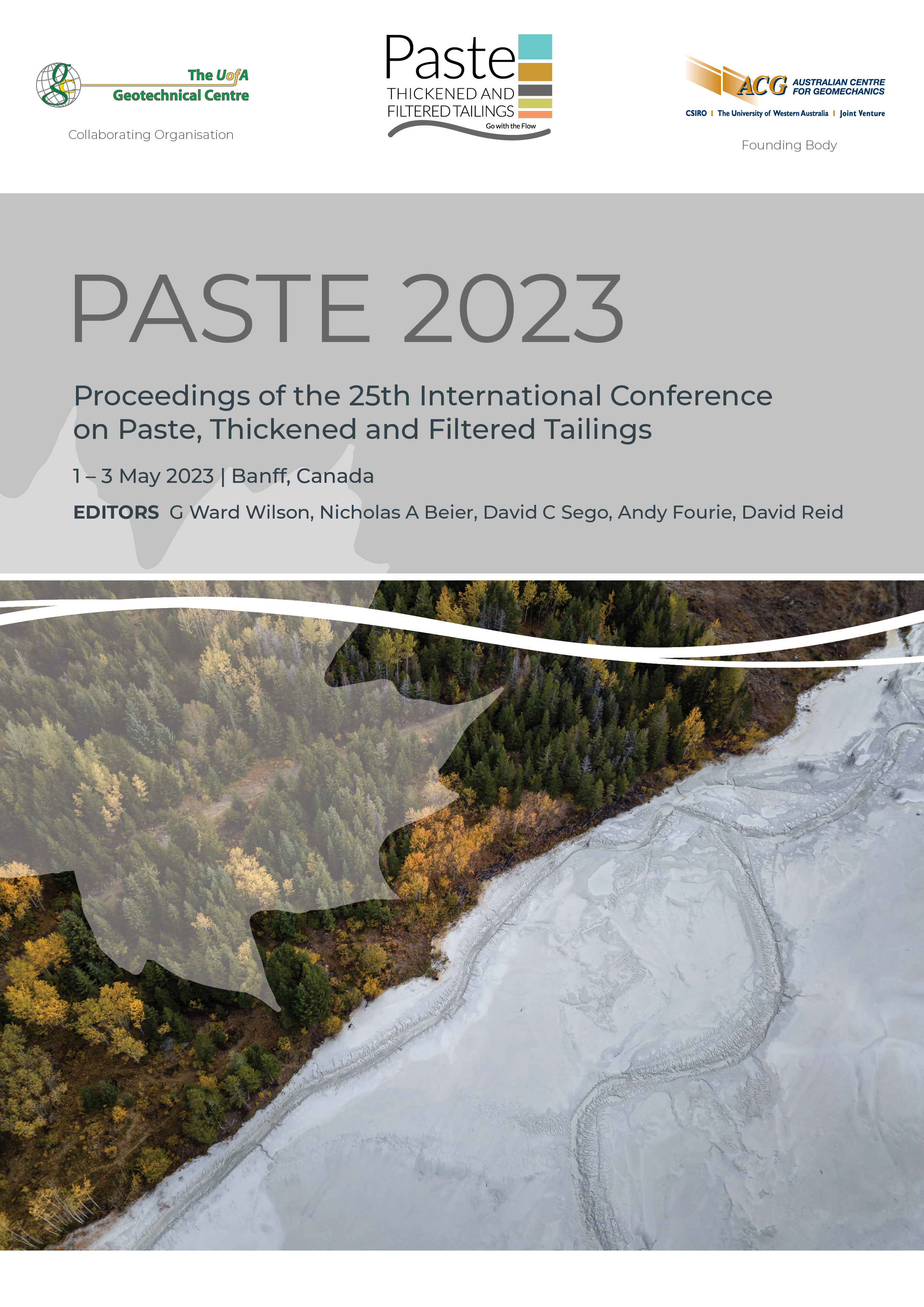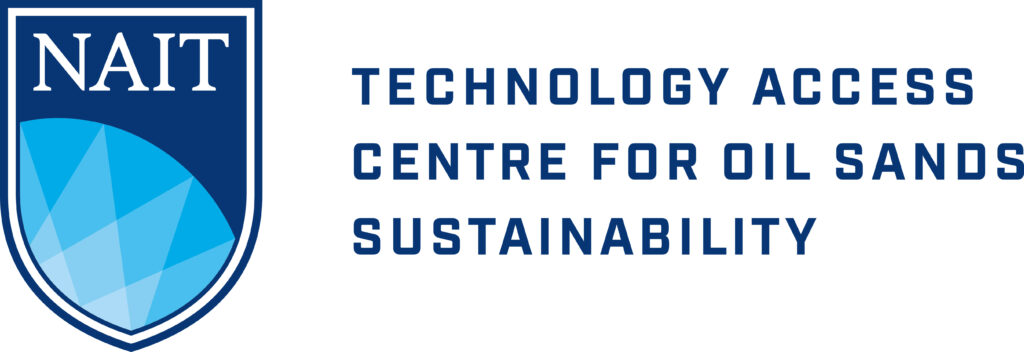Case study: the impact of tailings properties on conveying system designs

|
Authors: Olsen, C; Rahal, K |
DOI https://doi.org/10.36487/ACG_repo/2355_56
Cite As:
Olsen, C & Rahal, K 2023, 'Case study: the impact of tailings properties on conveying system designs', in GW Wilson, NA Beier, DC Sego, AB Fourie & D Reid (eds), Paste 2023: Proceedings of the 25th International Conference on Paste, Thickened and Filtered Tailings, Australian Centre for Geomechanics, Perth, pp. 714-725, https://doi.org/10.36487/ACG_repo/2355_56
Abstract:
Mine wastes, specifically tailings, are commonplace in mining operations and most mines dispose of their tailings wastes in wet impoundment structures. Consequently, the failure of wet impoundment structures is one of the most significant environmental liabilities for mining operations and recent failures have highlighted the perils of this type of tailings disposal strategy. Likewise, water scarcity continues to be a growing concern at many mines globally, specifically within arid regions. Risk mitigation priorities along with water resource conservations are steering the mining industry’s waste management of tailings away from wet impoundment and towards dewatered tailings and dry stack disposal. The handling of dewatered tailings is most efficiently performed with the operation of automatic conveyance systems and the deposition of the tailings achieved by mobile conveyor stacking systems. Lab testing and analysis have identified that mine waste tailings characteristics vary widely between mine samples due mostly to the ore’s mineral composition, particle size distribution, and moisture content. Evaluating the mine site’s tailings material samples for their conveyability and measuring their change in surcharge angle is the key to understanding how the tailings react at different moisture levels while being transported along the length of an overland conveyor. The results of the conveyability tests are used for the design and strategy for the material handling and waste disposal stacking systems. This paper will present case studies of multiple tailings samples, from various mine sites, at specifically determined moisture levels. During the conveyor simulation tests, the samples were measured and recorded for the initial angle of repose, surcharge angle, and material density. This paper aims to demonstrate that there are often significant differences between tailings samples’ physical and dynamic properties and how that relates to the parameters needed for accurate conveyor engineering design.
Keywords: Tailings, conveyor, conveyability, waste, material handling, moisture levels, stacking, disposal, repose, surcharge angle, material density, conveyor tester, conveyor simulation
© Copyright 2025, Australian Centre for Geomechanics (ACG), The University of Western Australia. All rights reserved.
View copyright/legal information
Please direct any queries or error reports to repository-acg@uwa.edu.au
View copyright/legal information
Please direct any queries or error reports to repository-acg@uwa.edu.au



